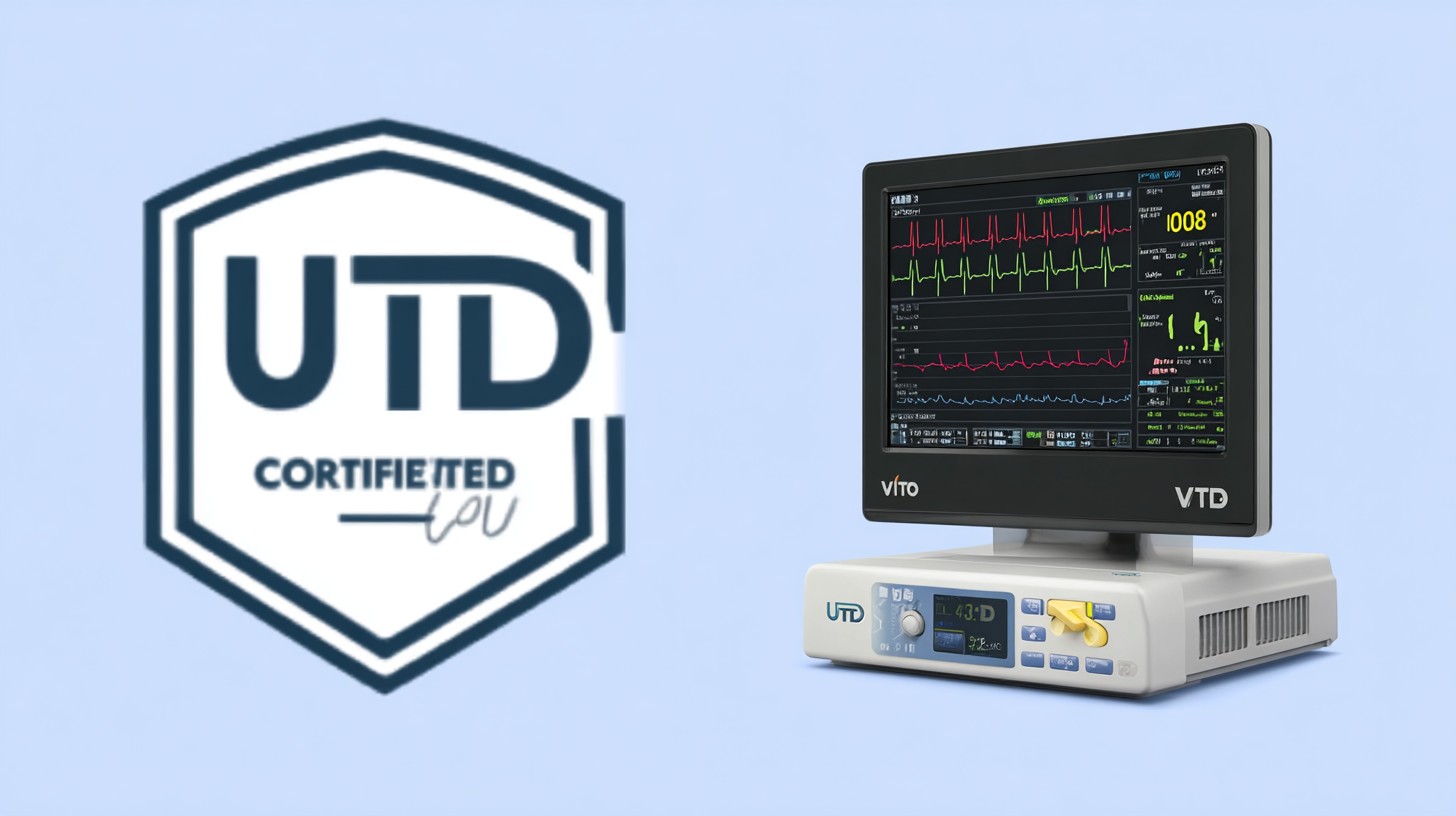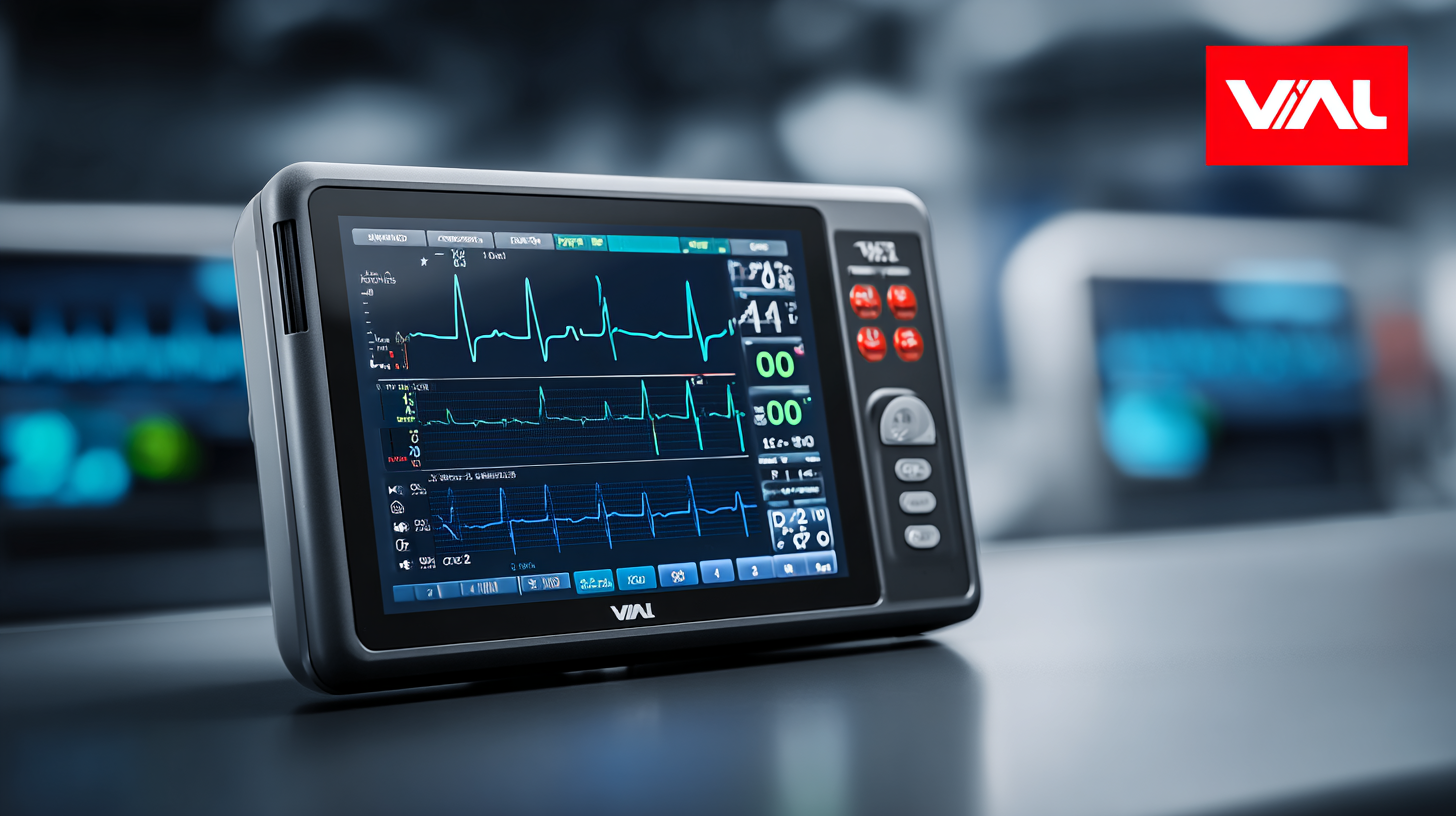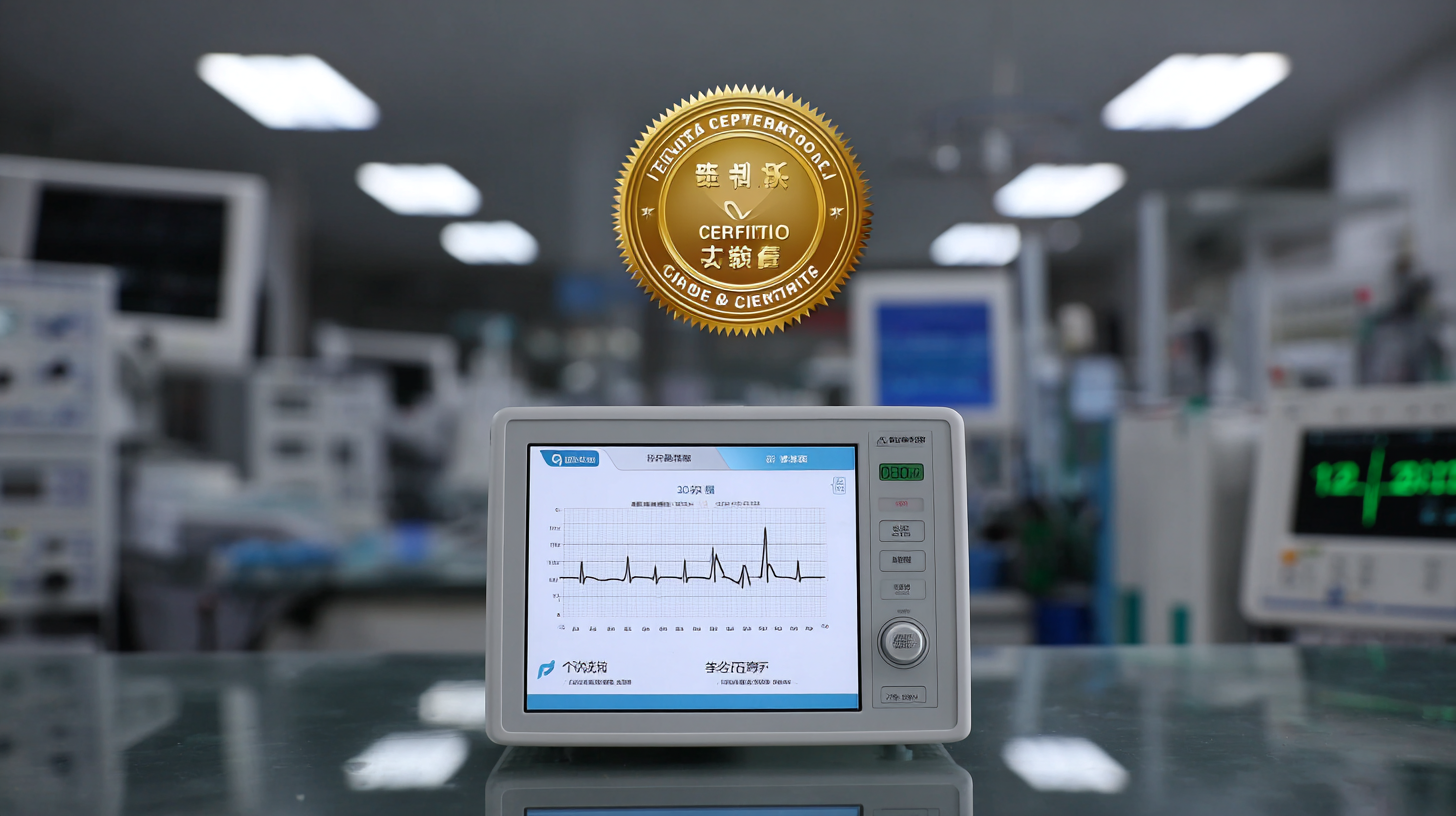Navigating Import and Export Certifications for the Best Vital Sign Monitors: A Comprehensive Guide
In recent years, the demand for high-quality Vital Sign Monitors has surged globally, driven by an increasing emphasis on patient care and technological advancements in healthcare. According to a report by Grand View Research, the global vital signs monitoring market is projected to reach USD 4.8 billion by 2025, growing at a CAGR of 6.4%. This growth reflects the critical role that these devices play in both clinical settings and home healthcare, particularly in monitoring essential parameters such as heart rate, blood pressure, and oxygen saturation.
 As more manufacturers, particularly those from China, strive to meet international standards and gain market access, navigating the complex landscape of import and export certifications becomes imperative. This comprehensive guide aims to elucidate the certification process necessary for ensuring that these vital devices not only comply with regulatory requirements but also stand out in a competitive global market characterized by rising consumer expectations for quality and reliability.
As more manufacturers, particularly those from China, strive to meet international standards and gain market access, navigating the complex landscape of import and export certifications becomes imperative. This comprehensive guide aims to elucidate the certification process necessary for ensuring that these vital devices not only comply with regulatory requirements but also stand out in a competitive global market characterized by rising consumer expectations for quality and reliability.
Understanding the Importance of Import and Export Certifications for Vital Sign Monitors
 Import and export certifications play a crucial role in the global marketplace, particularly for vital sign monitors, which are essential medical devices. The importance of these certifications is underscored by the need for stringent compliance with international regulations ensuring that these devices meet safety and quality standards. According to a report from Market Research Future, the global patient monitoring devices market is expected to reach USD 35.42 billion by 2025, highlighting the rising demand for vital sign monitors and the need for proper certifications to facilitate cross-border trade.
Import and export certifications play a crucial role in the global marketplace, particularly for vital sign monitors, which are essential medical devices. The importance of these certifications is underscored by the need for stringent compliance with international regulations ensuring that these devices meet safety and quality standards. According to a report from Market Research Future, the global patient monitoring devices market is expected to reach USD 35.42 billion by 2025, highlighting the rising demand for vital sign monitors and the need for proper certifications to facilitate cross-border trade.
One key document in this process is the Certificate of Origin (CO), which certifies that the exported goods originated from a specific country. The CO is critical for customs clearance and can influence tariff rates, making it an essential requirement for manufacturers aiming to expand their market reach. As noted by the World Trade Organization, accurate documentation, including COs, plays a vital role in enhancing trade efficiency and reducing trade barriers, particularly for medical devices that require high levels of trust and verification. In essence, navigating the complex landscape of import and export certifications is paramount for manufacturers of vital sign monitors, as it directly affects their ability to compete in the international market.
Key Certifications Required for Electromedical Devices in Global Trade
When engaging in global trade of electromedical devices such as vital sign monitors, understanding the key certifications is vital for compliance and market access. According to a report by the Global Medical Device Nomenclature (GMDN), the international market for medical devices is anticipated to reach $560 billion by 2026, emphasizing the need for manufacturers to navigate the complex landscape of import and export certifications. Key certifications include:
- CE marking in Europe,
- FDA clearance in the United States, and
- ISO 13485 standards for quality management systems.
The World Health Organization (WHO) also underscores the importance of proper certification, stating that over 50% of medical devices in developing countries are unregulated. This not only poses risks to patient safety but also affects the credibility of the manufacturers involved. Furthermore, obtaining certifications like the IEC 60601 series for electrical safety can facilitate smoother entry into markets by demonstrating compliance with essential safety standards. The investment in these certifications, despite initial costs, not only enhances product quality but also fosters trust with healthcare providers and patients worldwide.
Step-by-Step Process for Obtaining Necessary Certifications
Obtaining the necessary certifications for vital sign monitors is a critical step for manufacturers aiming to enter international markets. The process usually begins with understanding the specific requirements set by regulatory bodies in key regions. For instance, the FDA mandates that devices in the United States undergo a premarket submission process, ensuring safety and effectiveness. According to a report by Grand View Research, the global vital signs monitoring market was valued at approximately $2.5 billion in 2022 and is expected to grow due to increasing demand for home healthcare technologies and stringent regulatory standards.
Once you have a clear understanding of the regulatory landscape, the next step involves compiling necessary documentation such as device specifications, intended use, and clinical evaluation data. This documentation needs to be tailored to meet each market's requirements. For example, in Europe, the Medical Device Regulation (MDR) necessitates a comprehensive Technical Documentation dossier and often requires additional assessments from notified bodies. Research from MarketsandMarkets indicates that the European vital sign monitoring devices market was projected to reach $1.6 billion by 2025, fueled by these rigorous certification processes that enhance product credibility and consumer trust.
Navigating Import and Export Certifications for Vital Sign Monitors
Common Challenges in Importing and Exporting Vital Sign Monitors
When navigating the import and export of vital sign monitors, businesses often face several common challenges that can impede the process. One of the primary hurdles is ensuring compliance with regulatory standards. According to a report by the International Medical Device Regulators Forum (IMDRF), nearly 30% of medical device companies faced delays in market entry due to regulatory requirements. These regulations can vary significantly from one country to another, necessitating a comprehensive understanding of both local and international laws.
Additionally, logistical complexities add another layer of difficulty. A study by the World Health Organization (WHO) indicates that supply chain disruptions can result in lost sales opportunities amounting to up to 15% of annual revenue for healthcare equipment providers. This is often exacerbated by geopolitical factors, tariffs, and import taxes that can change abruptly, making pricing and inventory management even more challenging. Understanding these dynamics is crucial for companies striving to maintain a competitive edge in the import-export landscape of vital sign monitors.
Best Practices for Maintaining Compliance with Certification Standards
When it comes to importing and exporting vital sign monitors, maintaining compliance with certification standards is critical. These devices often require adherence to strict regulatory frameworks to ensure safety and efficacy. One effective practice is to stay abreast of the latest certification requirements from relevant authorities such as the FDA, CE, or ISO. This ensures that your products not only meet legal obligations but also address the needs and expectations of healthcare providers and patients alike.

Another best practice includes developing a systematic approach to documentation. This involves keeping detailed records of all compliance-related activities, from initial testing and evaluation through to final certification. Regular audits can help identify any areas that may require improvement, ensuring that organizations stay on top of their compliance commitments. When working with international partners, it’s also beneficial to understand and respect local regulations to facilitate smoother import and export processes. Engaging with regulatory consultants or legal advisors can provide the necessary insight to navigate complex compliance landscapes, ultimately paving the way for successful market entry.

